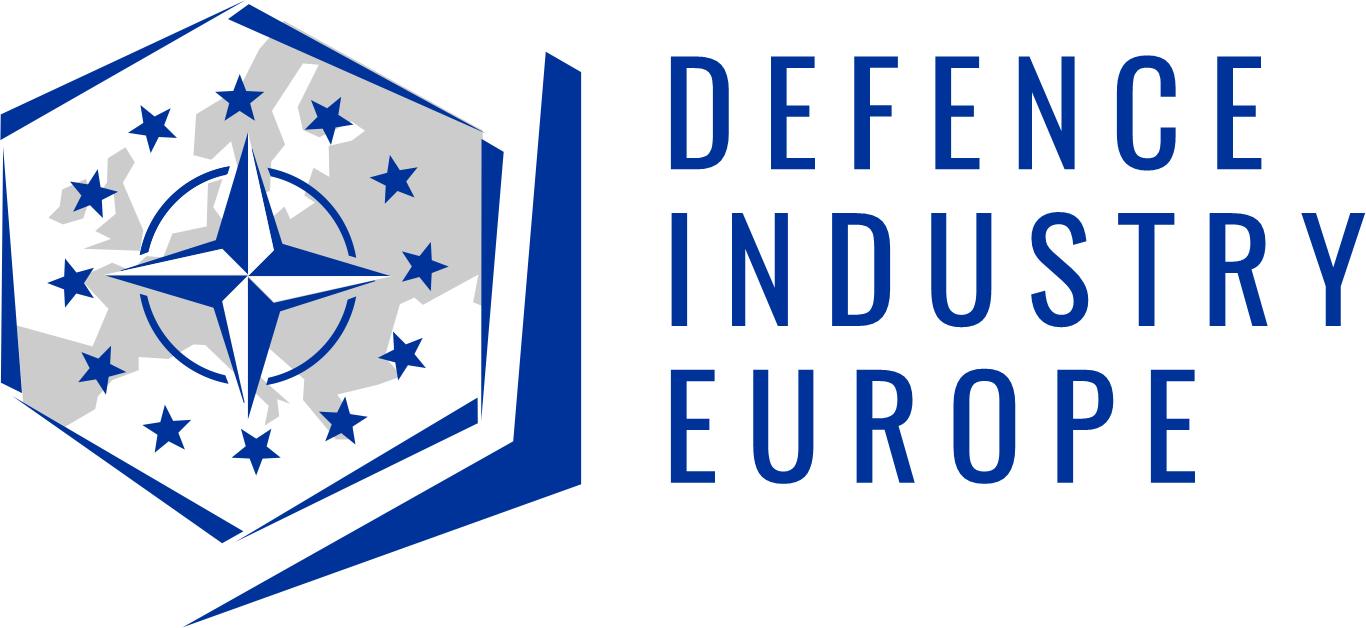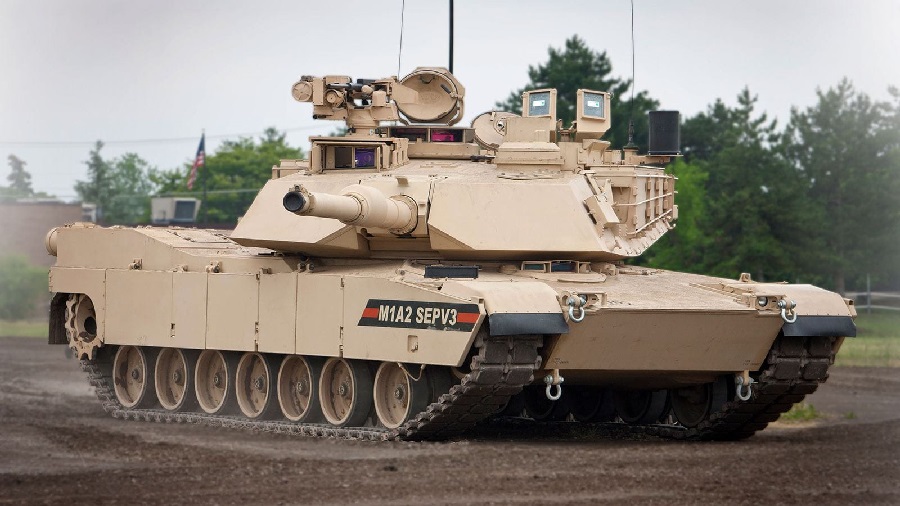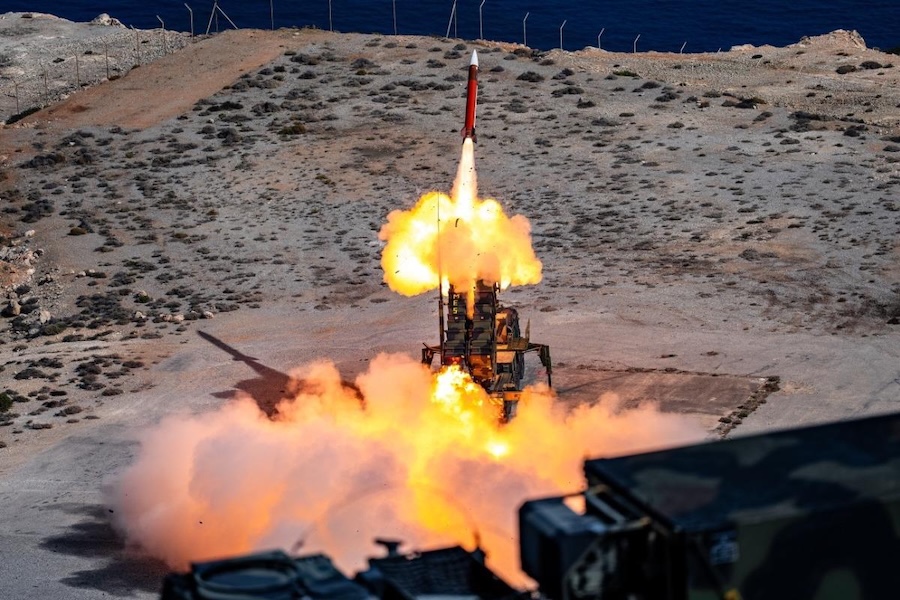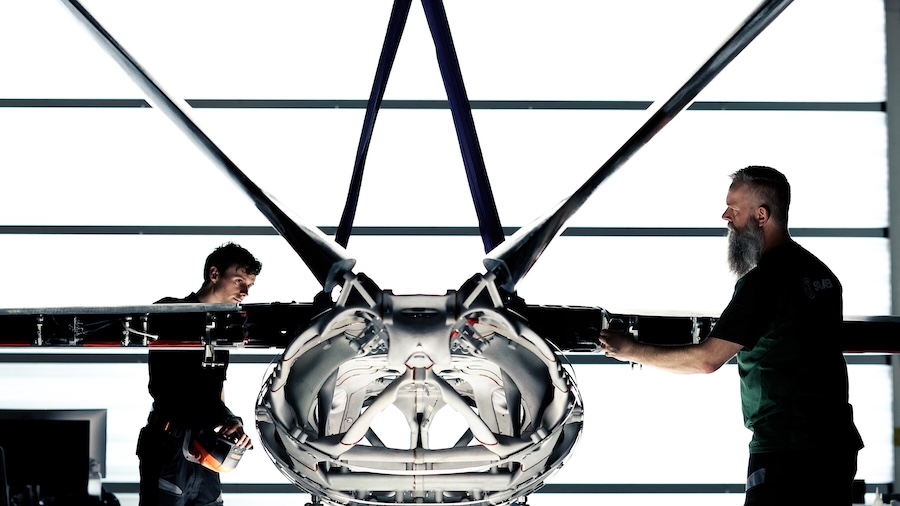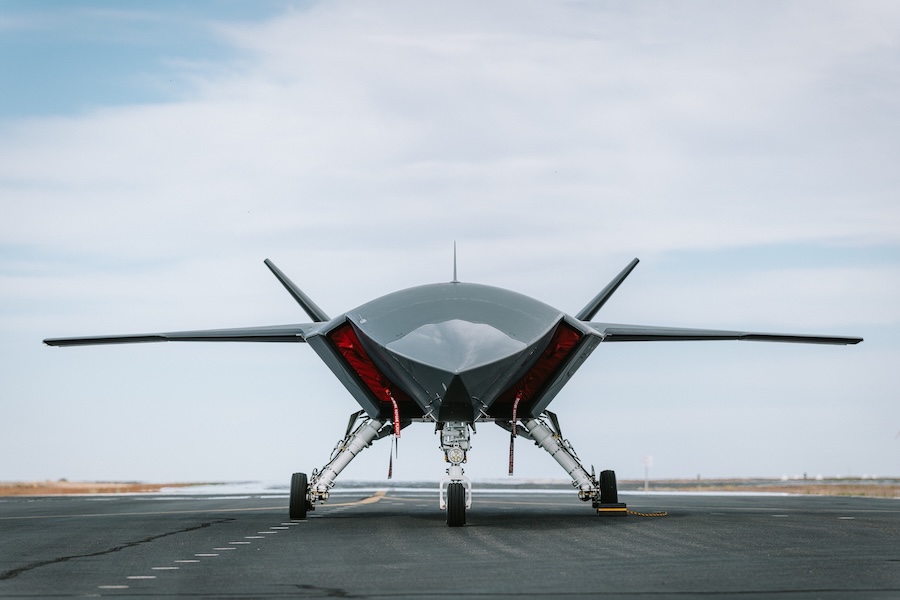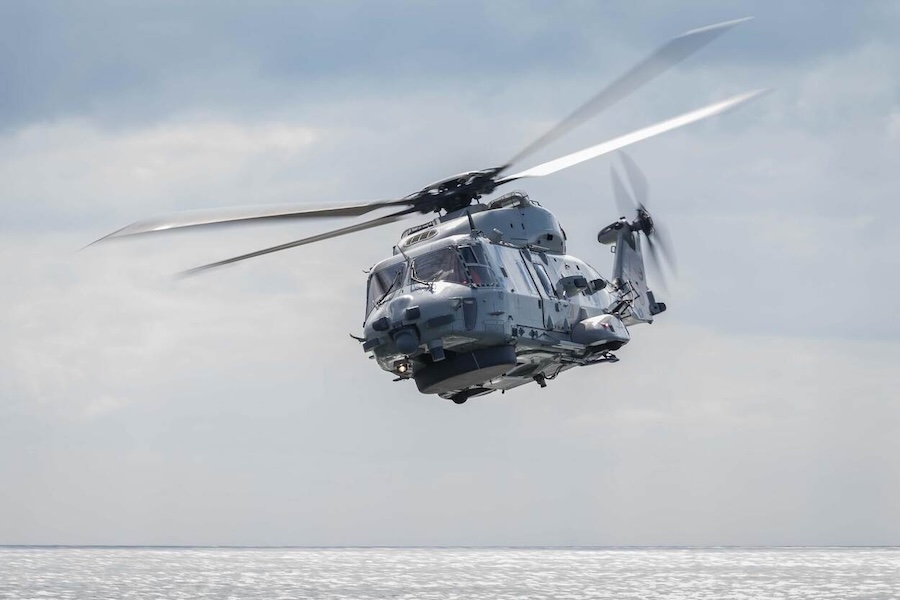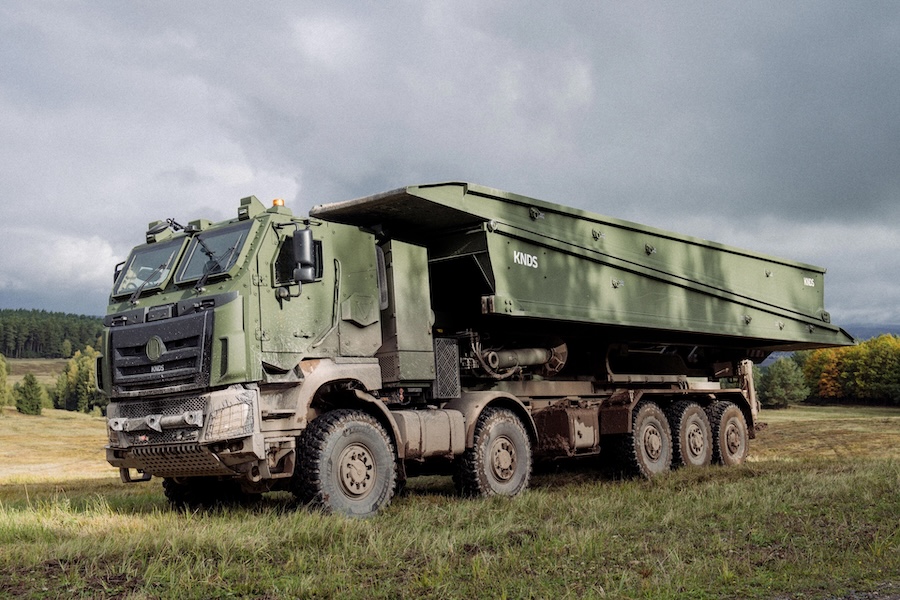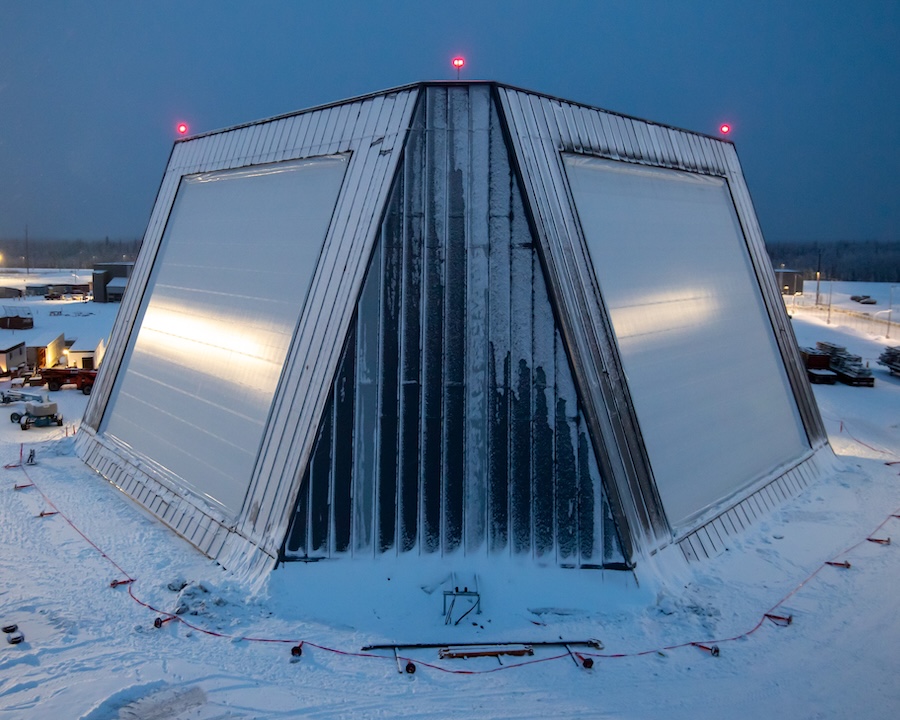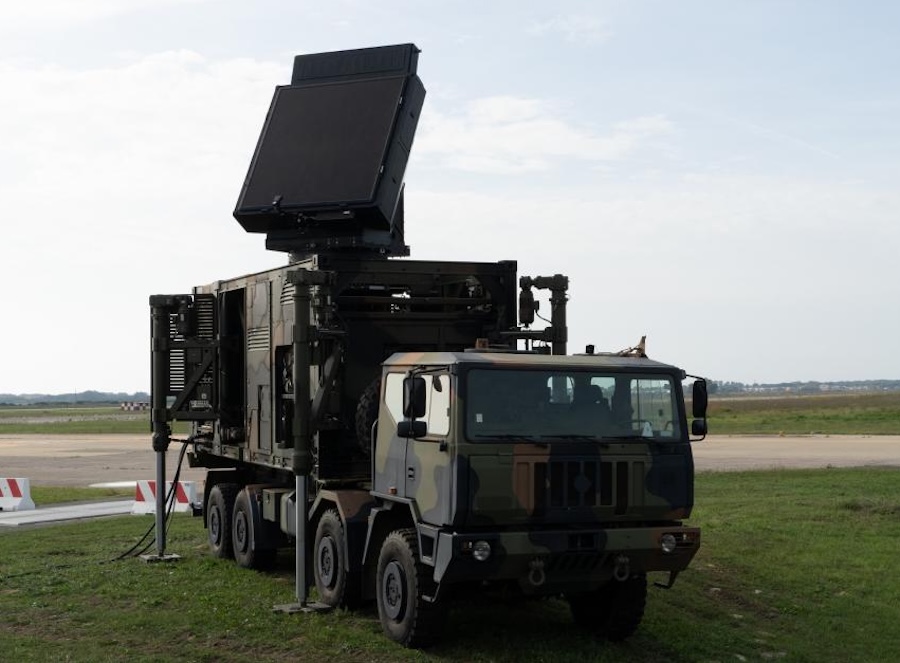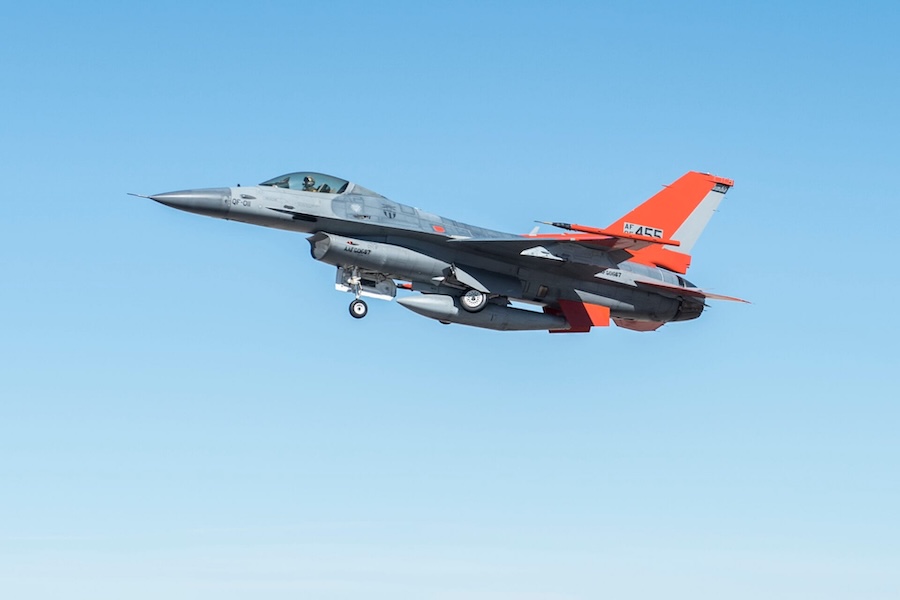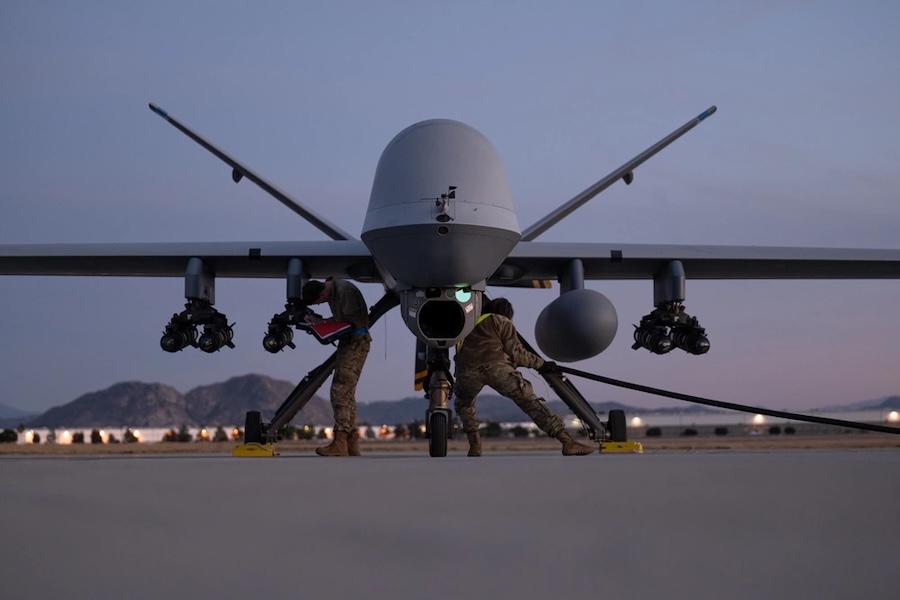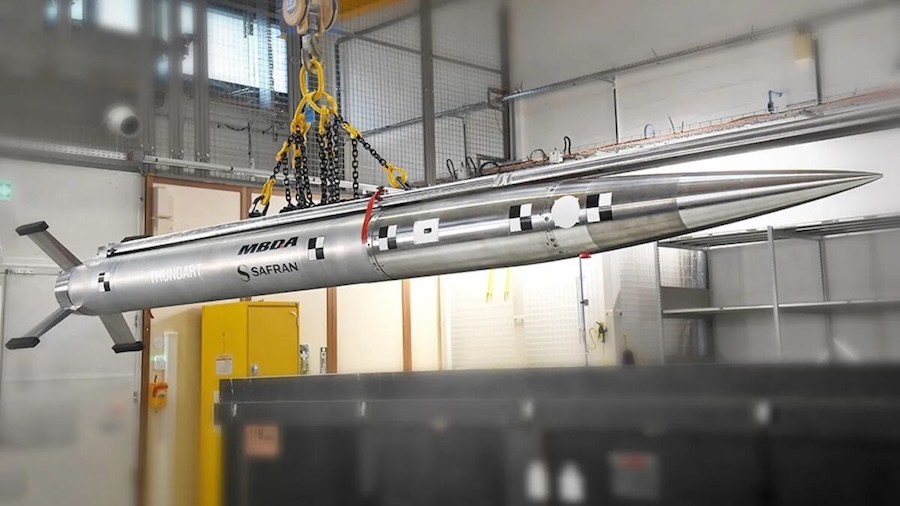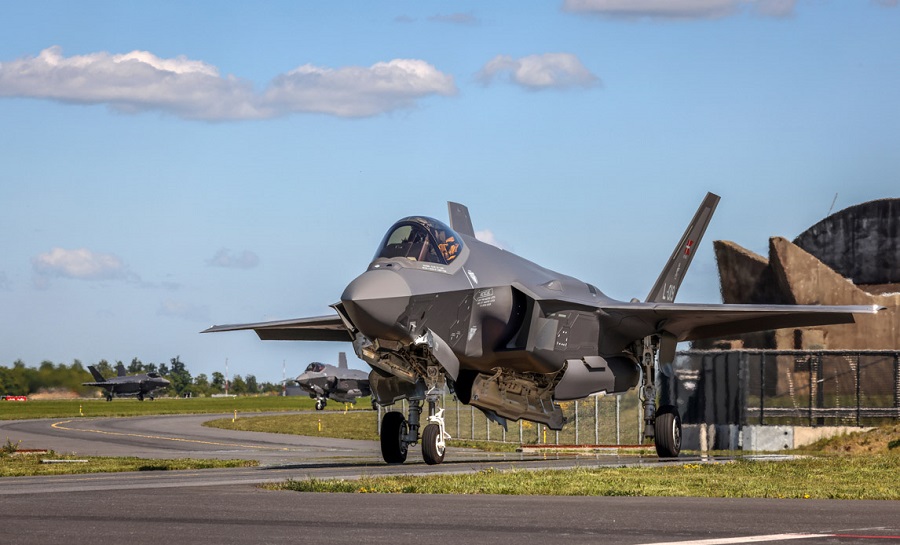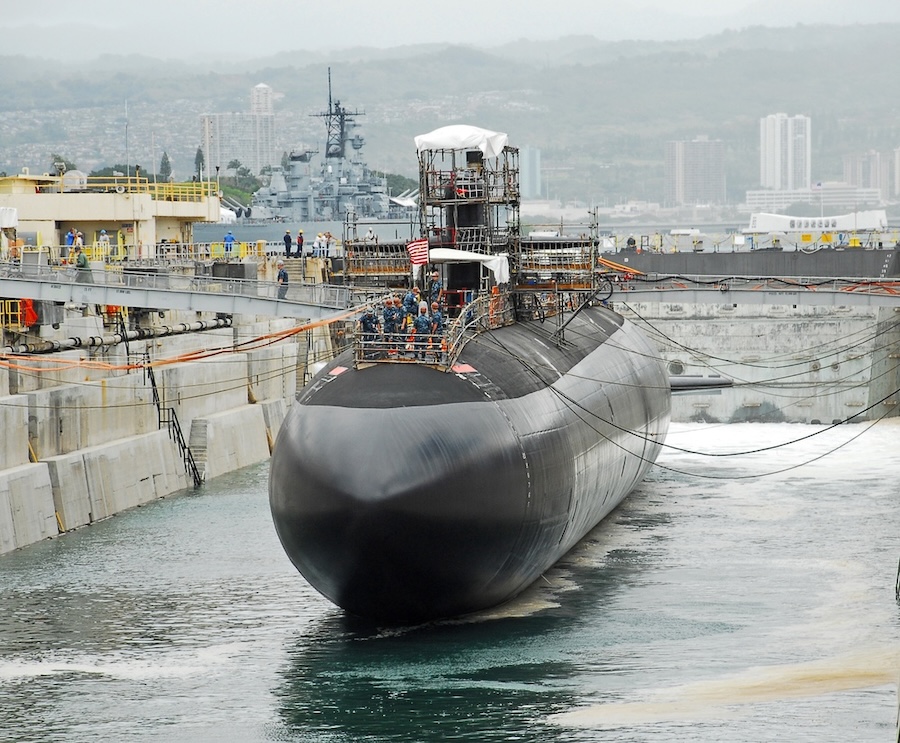The X1100 transmission was originally engineered to meet the Army’s mobility and survivability requirements by combining steering, braking, and gear shifting into one compact, high-torque unit. This design has allowed the Abrams tank to perform with consistent reliability and precision in some of the world’s most demanding battlefield conditions.
“Allison has been an integral part of the Abrams program from the beginning,” said Dana Pittard, Vice President for Defense Programs, Allison Transmission. “From its 1970s origins to today’s advanced variants, our transmissions have enabled the Abrams to maneuver with precision and resilience in the world’s most demanding environments, when failure is not an option.”
Today, the X1100 continues to evolve to meet modern military needs, particularly around serviceability, modularity, and lifecycle readiness. Allison has contributed to the Army’s right to repair initiative by supporting diagnostics and component access at the Anniston depot and by qualifying service providers to maintain cross-drive systems.
Allison’s ongoing investment in defence technology includes developments in electric hybrid propulsion, digital diagnostics, and modular drivetrain systems. These advancements are aligned with the Army’s priorities of reducing logistical burden, improving fuel efficiency, and enabling adaptable vehicle architectures for future operations.

